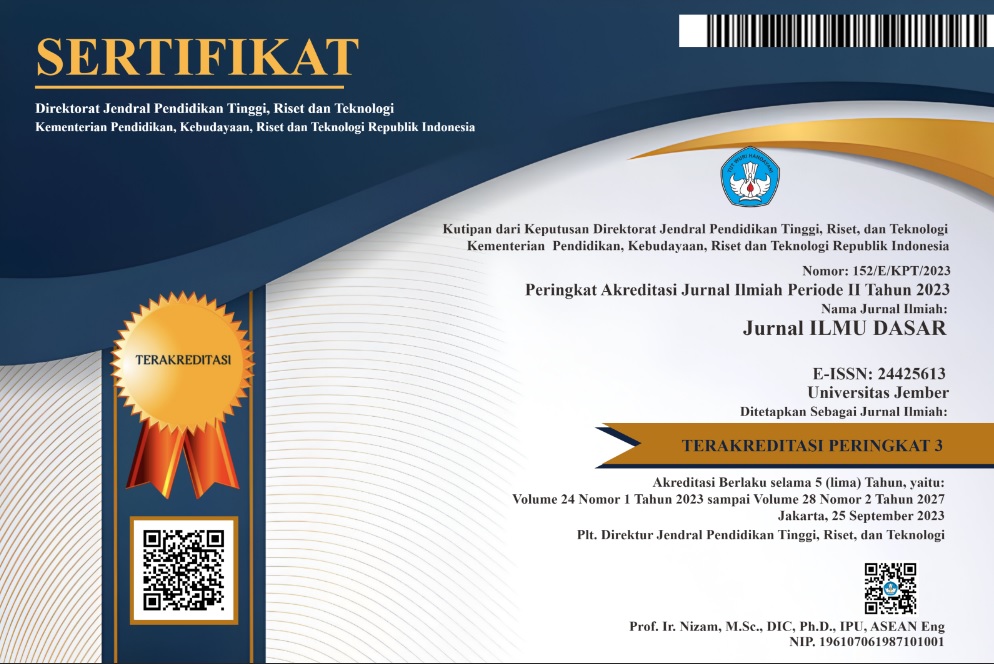Analysis of Blood Flow in Arterial Stenosis Using Casson and Power-Law Fluid Model
DOI:
https://doi.org/10.19184/jid.v14i2.322Abstract
Simulation of blood flow behaviour in the arteries and in arterial stenosis has been made and will be discussed in this paper. This simulation uses pulsatile flow and blood flow in artery without stenosis is considered as a dynamic fluid, compressed and condensed. Whereas, in the case of arterial stenosis has been used Casson and Power-law fluid models. In the arteries without stenosis, blood flow velocity profiles show the same pattern for each Womersley number, but with different speed value. In the case of arterial stenosis, blood flow rate decreases with increasing stenosis position away from axis of blood vessels. Resistances to flow are increases with increasing the size (height and length) of stenosis, both for the Casson and Power-law fluid models. If resistance to flow increases, it is more difficult for the blood to pass through an artery, result the flow decreases and heart has to work harder to maintain adequate circulation.
Keywords : Artery, blood flow, power-law fluid, Casson fluid, stenosis
Â








